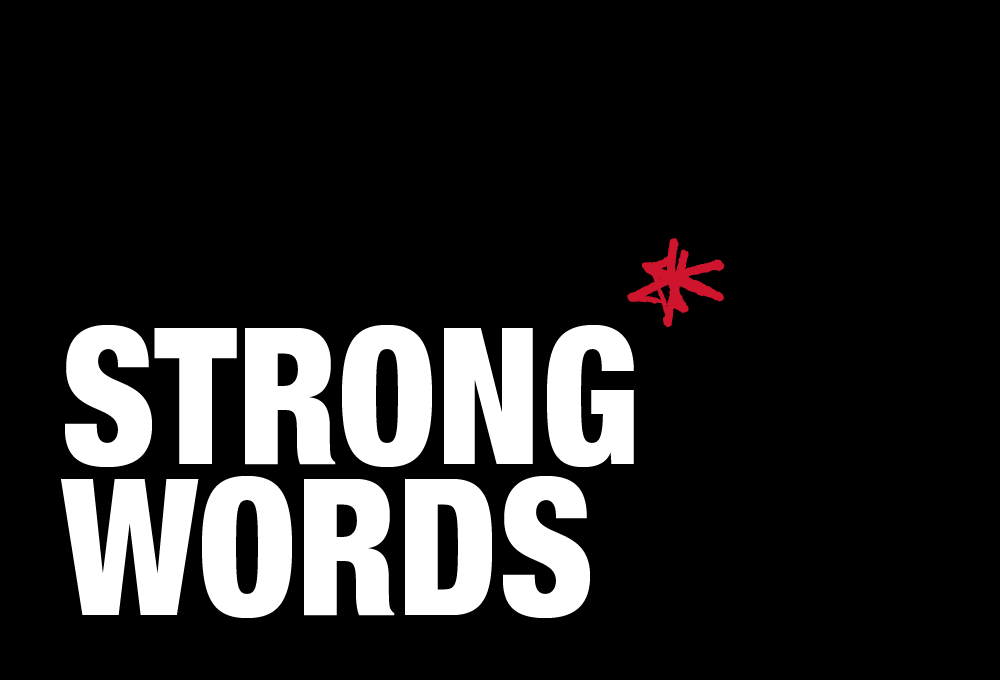Strong words: The true value of language

When we talk about ‘brand’, we usually think visually.
Logos. Colour schemes. Typography. Packaging. Product design.
Sometimes we might go a step further and think psychologically.
Essence. Values. Ethos. Goals. Purpose.
But there’s an element of the branding toolkit that’s cheaper and easier to change.
And can often create the greatest increase in a brand’s performance.
Can you guess what it is yet?
We’re speaking, of course, about language.
The value of language is that is can be your brand’s most powerful and ubiquitous communications tool.
In fact, it’s so ubiquitous it’s easy to forget it’s a tool at all.
With all the emailing, calling, texting, and internetting that goes on, your brand produces more words than The Times. Every single day. (Talk about not seeing the wood for the trees.)
We’d like to talk about why you need to pay more attention to the words your brand uses. All of them.
How powerful is language?
Have a go at completing the phrases below.




You probably won’t be surprised that you know all of these. But you might be surprised to learn they’re all advertising slogans.
Two of them are over 100 years old. They’ve not only outlived the campaigns they were created for. They’re accepted as almost self-evident truths. Part of our culture.
Like the two you recognised as ad lines, they’ve created value well beyond what it cost to produce them.
This demonstrates the brand value of words. As inseparable elements of the brands they were made for. And as bedrocks of public health policy.
Hang on. How does this happen?
Good question. To give you a glib answer, it’s all in your head.
The Keats Heuristic
It’s been established through multiple experiments that human beings don’t value statements purely on their ‘truth content.’
They value them to a large extent on how easy they are to process.
This phenomenon is called the Keats Heuristic, or the fluency principle. The easier it is for us to understand an utterance, the more likely we will be to swallow it.
All the examples we provided above are examples of the ‘rhyme as reason’ effect – a subset of the Keats heuristic.
When used in communications, this effect takes advantage of one of our most powerful mnemonic tools: rhyme.
Researchers have discovered that test subjects are much more likely to remember and believe a line like:
What sobriety conceals, alcohol reveals.
Than they are to remember one like:
What sobriety conceals, alcohol unmasks.
Basically, if something sounds good to us, it sounds right to us.
And a single word can mean the difference between what you say being remembered and accepted as truth… and being forgotten.
Next time you’re struggling to accept something you see in a report, ask yourself:
“is this nonsense, or does it just seem like nonsense because of the way it’s written/said?”
You can also try the flipside:
“is this good, or does it just seem like it’s good because I like the way it’s written/said?”
But there’s another, subtler effect at work in all of the examples above.
We’ll talk about that next time…
Written by Josh Anderson
About markmaking*
markmaking*